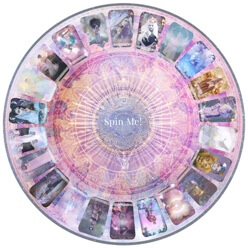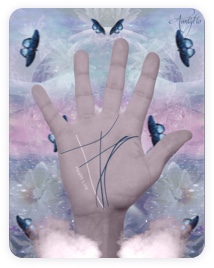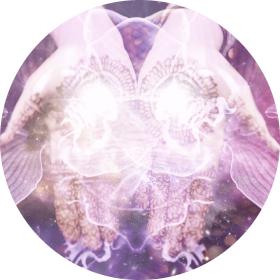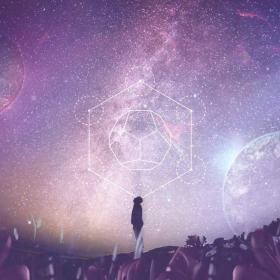Cave

Uncover hidden superstitions meanings
The cave is classically believed to be symbolic of containment, enclosure, concealment and to some extent, the underworld.
In Psychology and Alchemy, Jung states that the cave stands for security and impregnability of the unconsciousness. It appears fairly often in emblematic and mythological iconography as the meeting place for figures of deities, forebears or archetypes, and becomes an objective image of Hades. Much like to the womb of mother earth, entry into the cave is thought to be symbolic of reentry into the womb in advance of a re-birthing.
Among the commonest caves are the caves of the thousand Buddhists. There are chances that the Silk Road was being used in the trading of silk as well as other commodities, keeping in mind the exchange for religion, culture and traditions was being carried out too. We can get this information from the Cave temples of Dunhaung. The caves are symbolic of the religious beliefs that the Indian Buddhists exchanged with the Middle East traders. The caves are filled with various art forms that mainly deal with the Buddhist religious practices. There have been claims that the initial cave temple was built in the fourth century by a monk and afterwords the practice spread out to all the other parts.
The cave temples are representative of the once existing large time capsule which was attached to the ancient world of the Chinese. The caves are superstitiously seen as holy places that hold a variety of items such as libraries that are filled with religious papers, murals that give a depiction of Buddha’s life, and some of the oldest religious materials in the history of the world known as Diamond Sumatra. The walls of this cave as well as the statues therein have a background which displays social life.
Other than the historical significance, the famous caves of The Thousand Buddha are a depiction of an artist’s depiction of the dreams that Buddha experienced. These are really holy caves that have been lined with finely refined gold, they also have a beautiful lining of primary colors. These caves are believed to be holy and thus allowing easy time when the Buddhists want to hold some religious functions, they are situated in cool and secluded places away from the interference of the public. In simple terms after passing all the way through the desert and then coming to colorful caves, it will be like a transition to heaven. The Dunhuang cave temples are the most ideal place for the sanctuary since they are situated far away form the war that filled the Chinese political life.
As the caves were purposely created as some form of religious sanctuary, the Buddhists believed that the decoration represents heaven. The caves contain various religious artifacts that include replicas of religious legends of the Buddhists community. There are numerous items in the caves and they include material goods, various forms of art, beautiful splendors, and all these gave the worshipers a heavenly impression. Up to these days the caves are regarded highly by the Buddhists.
By Florance Saul
Oct 29, 2012







